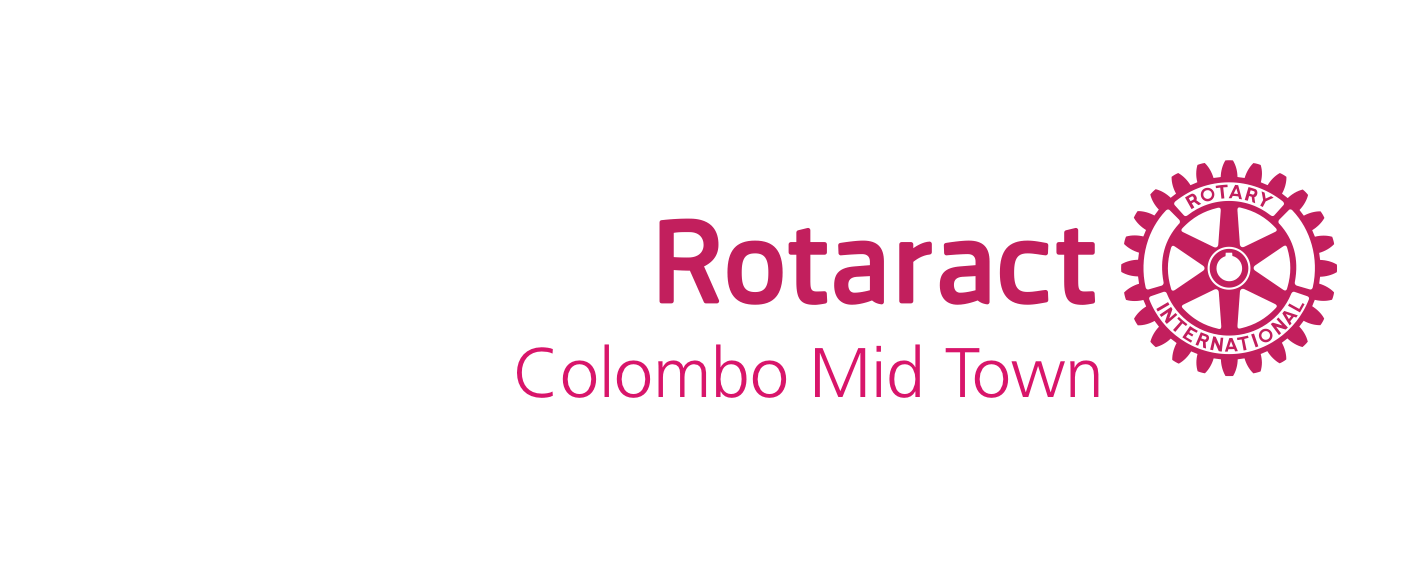Content
This includes the amount that a reporting entity receives due to a transaction with its owners. Net Income ($60,000 – 2,100)$ 57,900The net income from the income statement will be used in the Statement of Equity. Revenues are the inflows of cash resulting from the sale of products or the rendering of services to customers. We measure revenues by the prices agreed on in the exchanges in which a business delivers goods or renders services.
The first source is the money originally and subsequently invested in the company through share offerings. The second source consists of the retained earnings the company accumulates over time through its operations.
This is due to the fact that they may not even realize that the shares they own are not entitled to receive dividends until the higher value or higher priority shares have been paid dividends. When a company buys shares from its shareholders and doesn’t retire them, it holds them as treasury shares in a treasury stock account, which is subtracted from its total equity. For example, if a company buys back 100,000 shares of its common stock for $50 each, it reduces stockholders’ equity by $5,000,000. Retained earnings represent the cumulative amount of a company’s net income that has been held by the company as equity capital and recorded as stockholders’ equity. Some net income may have been distributed outside the corporation via payment of dividends. Essentially, retained earnings represent the amount of company profits, net of dividends, that have been reinvested back into the company. While newer companies rely on the initial paid-in capital to fund operations and growth initiatives, the accumulated retained earnings of more established companies can be the largest source of stockholders’ equity.
Preparation Of The Statement Of Changes In Equity
The cost of the hours worked through December 31 must be included in the company’s December expenses and in the liabilities as of December 31. The Fortunly.com website does not include reviews of every single company offering loan products, nor does it cover all loan offers or types of financial products and services available. Shareholder equity is an accurate gauge of how well businesses are run. Decreasing stockholder equity may indicate that the company could be managed better. Common stock is a type of security that gives the owner partial ownership in a corporation. The cumulative earnings a company has after paying out dividends is retained earnings.
It generally consists of the cumulative net income minus any cumulative losses less dividends declared. A basic statement of retained earnings is referred to as an analysis of retained earnings because it shows the changes in the retained earnings account during the period.
The Balance Sheet: Stockholders’ Equity
The amount recorded is based on the par value of the common and preferred stock sold by the company not the current market value. The original source of stockholders’ equity is paid-in capital raised through common or preferred stock offerings. The second source is retained earnings, which are the accumulated profits a company has held onto for reinvestment. The statement of changes in equity is most commonly presented as a separate statement, but can also be added to another financial statement. It is also possible to provide a greatly expanded version of the statement that discloses the various elements of equity. For example, it could separately identify the par value of common stock, additional paid-in capital, retained earnings, and treasury stock, with all of these elements then rolling up into the ending equity total.
- The entry to correct the error contains a decrease to Retained Earnings on the statement of retained earnings for $1,000.
- The entry to Retained Earnings adds an additional debit to the total debits that were previously part of the closing entry for the previous year.
- The goal is to separate the error correction from the current period’s net income to avoid distorting the current period’s profitability.
- Companies have no obligation whatsoever to pay out dividends until they have been formally declared by the board.
- IAS 1 requires a business entity to present a separate statement of changes in equity as one of the components of financial statements.
- Equity represents the amount of net money owners have invested into their business, including earnings they have gained after distributing payments to investors.
Treasury stock purchase increases the stock component and brings down the net shareholders’ equity. Other relatively less popular components are Treasury stock Capital reserve, Revaluation surplus, profit or loss from the sale of securities, and gains and losses on cash flow hedge.
What Is On A Statement Of Stockholders’ Equity?
You should be ablanalyze and interpret the statement of stockholders’ equity for a business. You should be to understand the business manager’s responsibilities for the financial statements of a business. Understanding stockholders’ equity, how it works, and how it’s calculated can help investors gauge how a company is doing. However, stockholders’ equity doesn’t provide a complete picture of a company’s performance and how effectively it is managing and creating stockholders’ equity. Incorporating the stockholders’ equity figure into financial ratios can add insightful dimensions to a company evaluation.
The third line should present the schedule’s preparation date as “For the Year Ended XXXXX.” For the word “year,” any accounting time period can be entered, such as month, quarter, or year. Bob bought $50,000 of capital stock of the business by investing it in cash. 2.) The business sells new stock and therefore the change increases capital stock. • Common Stock- The par value that is generated from the original sale of common stock.
Most corporations would use a full accrual basis of accounting such as U.S. GAAP. Cash and tax basis are most likely used only by sole proprietors or small partnerships. Also known as contributed capital, additional paid-up capital is the excess amount investors pay over the par value of a company’s stock.
Statement Of Stockholders Equitydefined With Examples
Adam Hayes, Ph.D., CFA, is a financial writer with 15+ years Wall Street experience as a derivatives trader. Besides his extensive derivative trading expertise, Adam is an expert in economics and behavioral finance. Adam received his master’s in economics from The New School for Social Research and his Ph.D. from the University of Wisconsin-Madison in sociology. He is a CFA charterholder as well as holding FINRA Series 7, 55 & 63 licenses. He currently researches and teaches economic sociology and the social studies of finance at the Hebrew University in Jerusalem.
I have always thought of myself as a writer, but I began my career as a data operator with a large fintech firm. This position proved invaluable for learning how banks and other financial institutions operate. Daily correspondence with banking experts gave me insight into the systems and policies that power the economy. When I got the chance to translate my experience into words, I gladly joined the smart, enthusiastic Fortunly team.
What Items Impact Stockholders’ Equity?
This is often referred to as “additional paid-in capital” or “contributed capital in excess of par” and is an amount that investors paid above the par value of stocks for a company. However, holders of preferred stock will receive preferential treatment when it comes to the distribution of dividends and assets. However, in the initial public offering, the money goes to the company, and this money is share capital.
A shareholder can be an individual, a small business or a large organization. To be a shareholder, the entity must own at least one share of the company’s stock or be a partial owner through mutual funds. If the company is profitable, then all the shareholders of that company receive dividends.
Current liabilities are debts typically due for repayment within one year (e.g. accounts payable and taxes payable). Long-term liabilities are obligations that are due for repayment in periods longer than one year (e.g., bonds payable, leases, and pension obligations). Upon calculating the total assets and liabilities, shareholders’ equity can be determined. All the information required to compute shareholders’ equity is available on a company’sbalance sheet.
This number can be derived from taking the number of shares that have been issued and subtracting the number of shares of treasure stock that the corporation has repurchased for the same period of time. The how to prepare a statement of stockholders equity stockholders’ equity is designed to show the financing that has been provided for the business from its owners. This can help potential investors understand the ownership structure for particular business.
While calculating these amounts, you’ll want to ensure not to leave any of these details out of the equation. Privately owned companies do not always have stockholders, so if your private business has never sold any equity shares, you won’t have to create a stockholders’ equity statement. However, if you are publicly owned , you’ll want to understand what goes into creating this document so you can ensure you’re including the right information. The share capital represents contributions from stockholders gathered through the issuance of shares. It is divided into two separate accounts common stock and preferred stock.
Retained Earnings
If a business has treasury stock, the shareholders’ equity will decrease by the amount of money used to purchase the stock. Most businesses measure shareholder equity monthly, quarterly, or annually. The balance sheet forms an integral part of company accounts alongside the income statement https://business-accounting.net/ and cash flow statement. Sale of treasury stock drops the stock component and impacts the retained earnings along with additional paid-up capital. Business activities that have the potential to impact shareholder’s equity are recorded in the statement of shareholder’s equity.


